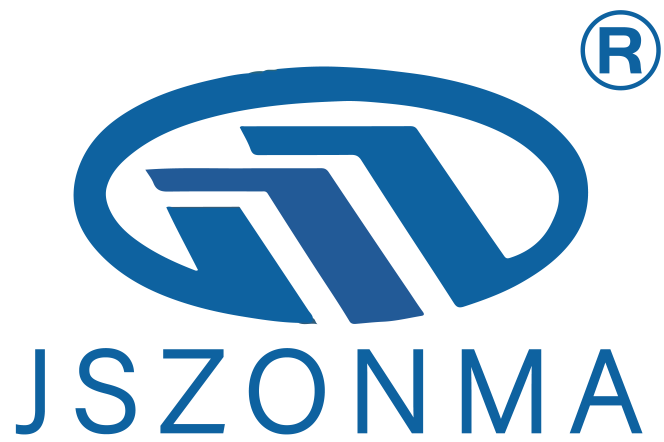Understanding Dry Transformers and Their Advantages Over Oil Transformers
The Rise of Dry Transformers in Power Distribution
The evolution of electrical transformers reflects the growing need for safer, eco-friendly, and easy-to-maintain devices. Dry transformers have emerged as a popular alternative to traditional oil-filled transformers, especially where safety and environmental concerns are paramount.
What Exactly Is a Dry Transformer?
Dry transformers are electrical transformers that use air as their primary cooling and insulating medium. Their coils are encapsulated in resin or varnish to protect against moisture and contamination, eliminating the need for oil or other liquids. This results in a device with reduced fire risk and simpler maintenance.
How Do Dry Transformers Operate?
Similar to other transformers, dry transformers use electromagnetic induction between primary and secondary coils around a magnetic core. Heat generated is dissipated by natural or forced air cooling, supported by insulating materials designed to withstand thermal stress.
Comparing Dry Transformers with Oil-Immersed Transformers
Cooling Methods and Safety Considerations
Dry transformers rely on air cooling, sometimes aided by fans, eliminating flammable oils and reducing fire hazards. Oil transformers depend on oil both as coolant and insulator but pose increased fire and environmental risks.
Maintenance and Environmental Impact
Dry transformers require minimal maintenance, mostly visual inspections and cleaning of vents, with no oil testing or leakage concerns. Oil transformers demand regular oil quality tests and leak monitoring, with higher environmental risks if oil escapes containment.
Physical and Acoustic Differences
Dry transformers are often larger and louder due to air cooling, while oil transformers are typically more compact and quieter, benefitting from the oilâs thermal and noise damping properties. This influences their suitability for certain applications.
Applications and Benefits of Dry Transformers
Ideal Settings for Dry Transformers
They are preferred in indoor environments such as hospitals, commercial buildings, and transit stations where fire safety and clean operation are critical. Their design allows safe installation in spaces where oil transformers are impractical.
Performance in Challenging Environments
In moist or chemically harsh conditions, dry transformers â particularly cast resin types â demonstrate excellent resistance to damage, maintaining reliable operation in coastal, industrial, or wastewater settings.
Role in Renewable Energy Systems
Dry transformers fit well with solar and wind installations due to their environmental benefits, low upkeep, and adaptability to smart grid technologies that enhance monitoring and control.

Advantages and Limitations of Dry Transformers
Safety and Installation Benefits
Dry transformers eliminate fire hazards linked to oil, simplifying installation by removing the need for oil containment. They align with sustainability goals by preventing environmental contamination.
Longevity and Maintenance
With proper ventilation and routine care, dry transformers can last 20 to 30 years. Maintenance mainly involves inspections and cleaning rather than complex oil-related procedures.
Cost and Performance Trade-offs
They usually have a higher purchase price. Air coolingâs lower efficiency compared to oil may require additional cooling systems for high-load use. Noise levels can also be higher, impacting installation choices.
Emerging Innovations in Dry Transformer Technology
Smart Monitoring for Reliability
Integration of sensors allows continuous monitoring of temperature, humidity, and load, supporting predictive maintenance that minimizes downtime.
Development of Eco-Friendly Materials
New insulating resins improve thermal performance while reducing environmental impact, aligning with green manufacturing initiatives.
Hybrid Cooling Solutions
Innovative designs combine air and limited liquid cooling to optimize efficiency without compromising safety benefits inherent to dry transformers.
FAQ
Why are dry transformers safer than oil transformers indoors?
They contain no flammable oil, reducing fire risks especially in enclosed or densely occupied spaces like hospitals and schools.
Can dry transformers be used in high-power industrial settings?
Yes, although they may require forced air or hybrid cooling systems to handle increased thermal loads efficiently.
What type of maintenance is needed for dry transformers?
Primarily visual inspections and cleaning of air filters or vents to ensure proper cooling and detect any insulation wear.
Are dry transformers more expensive than oil-filled ones?
Initial costs are typically higher, but reduced maintenance and improved safety often lead to lower total cost of ownership.

